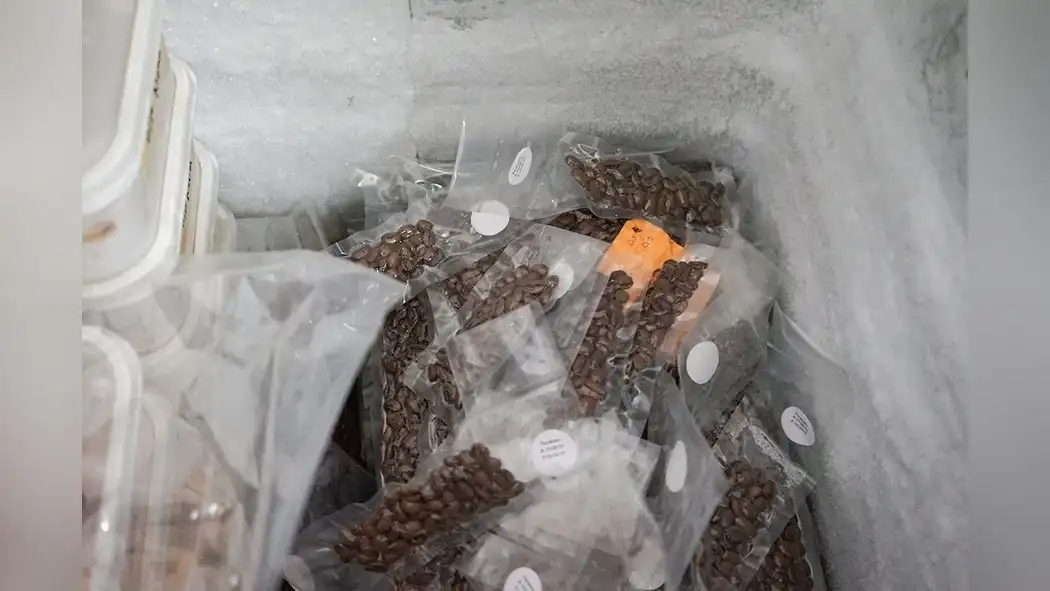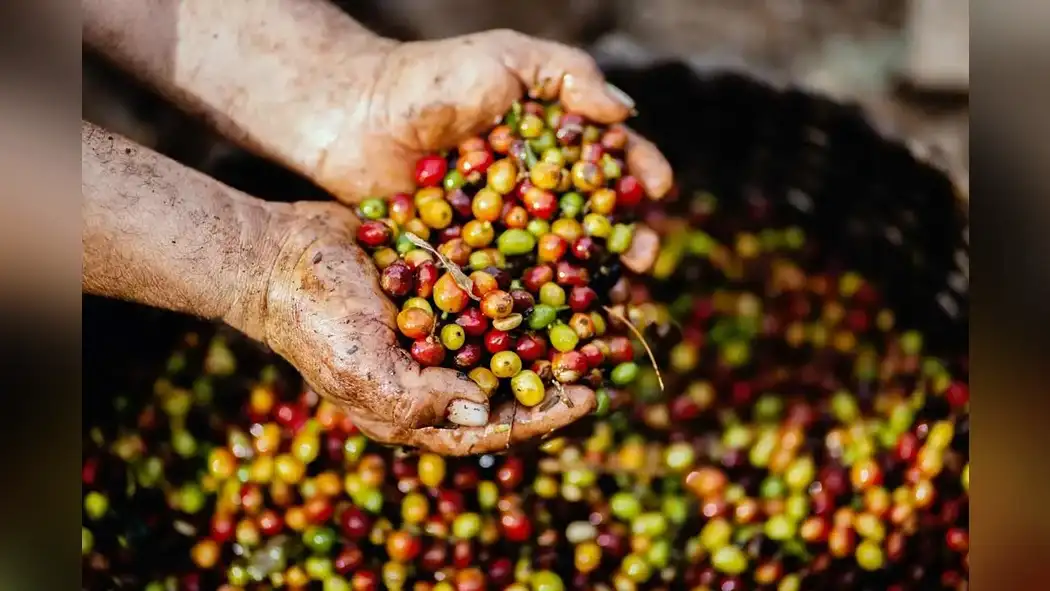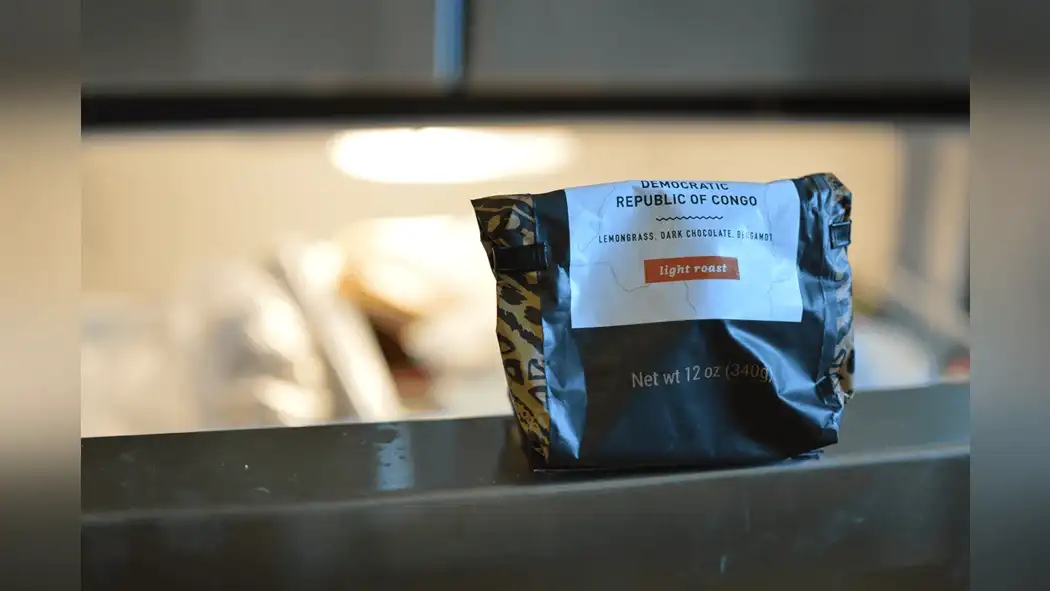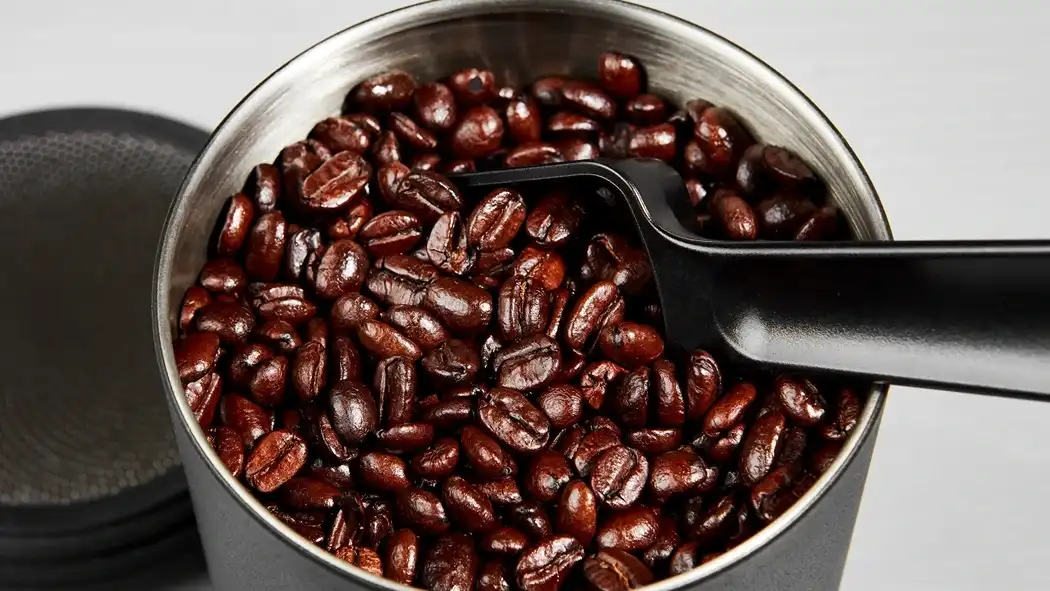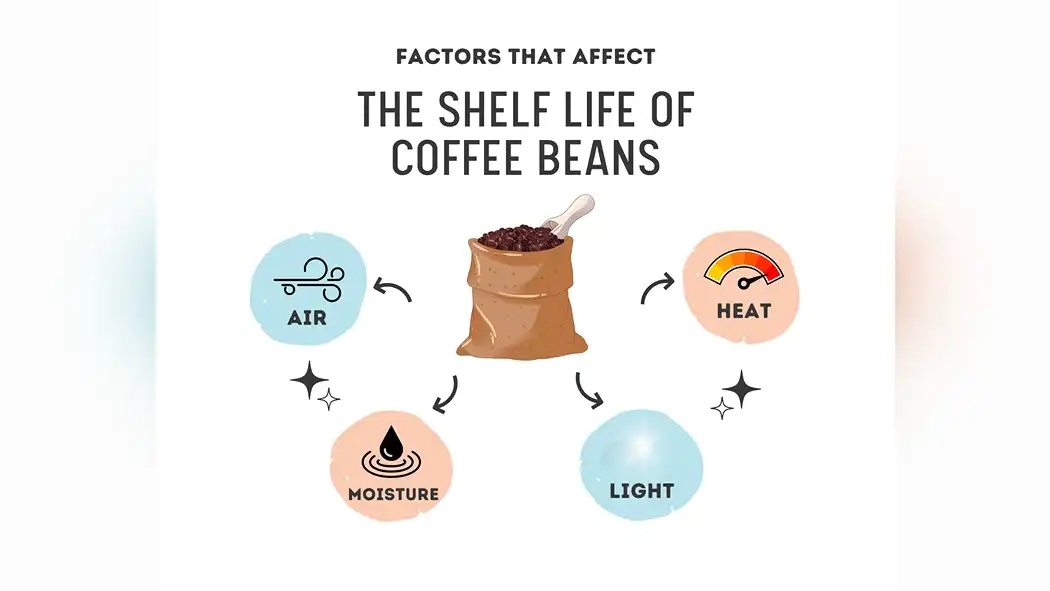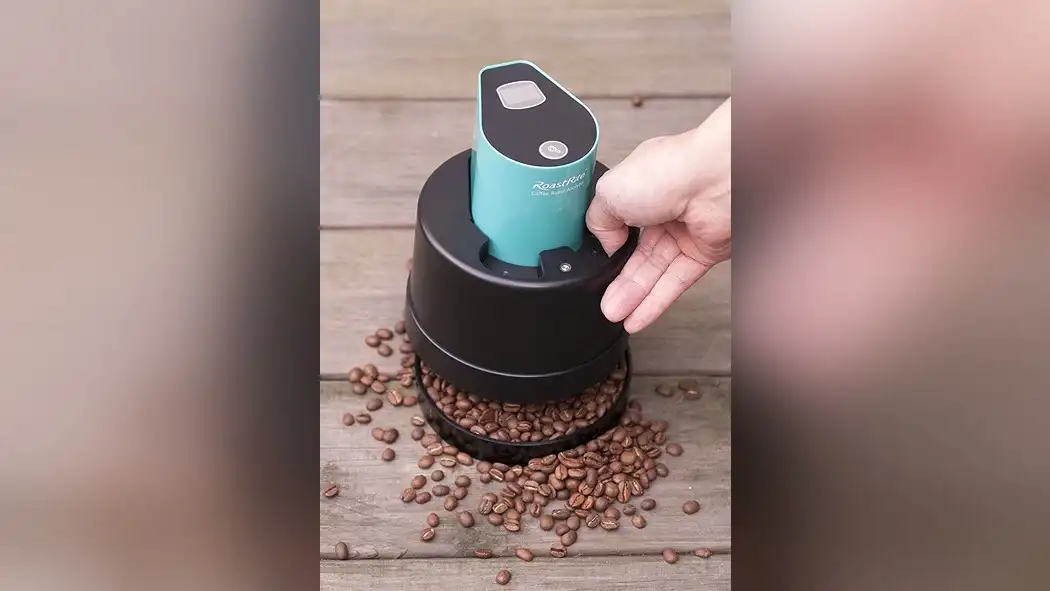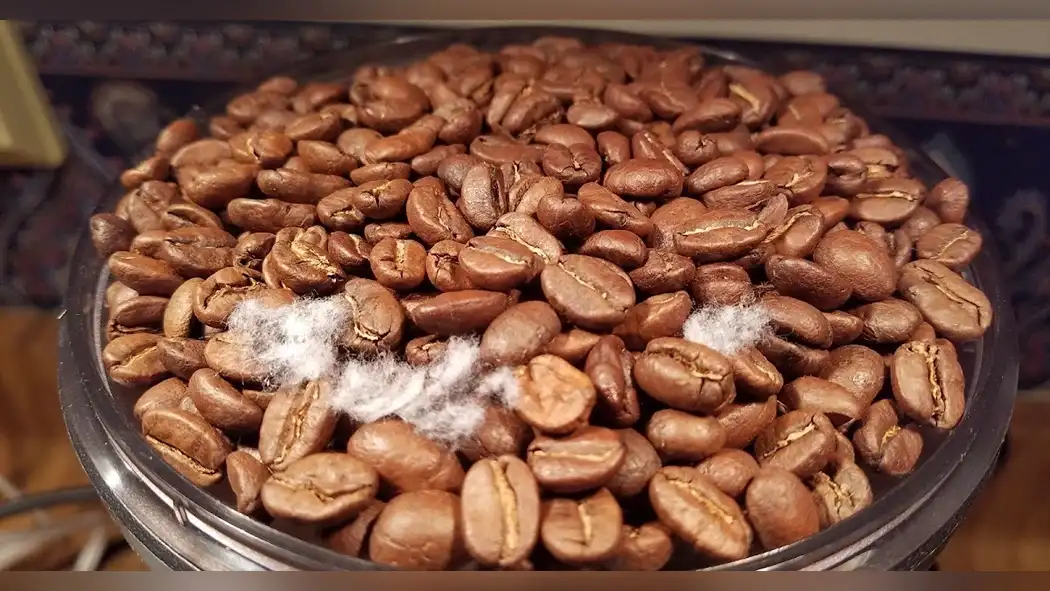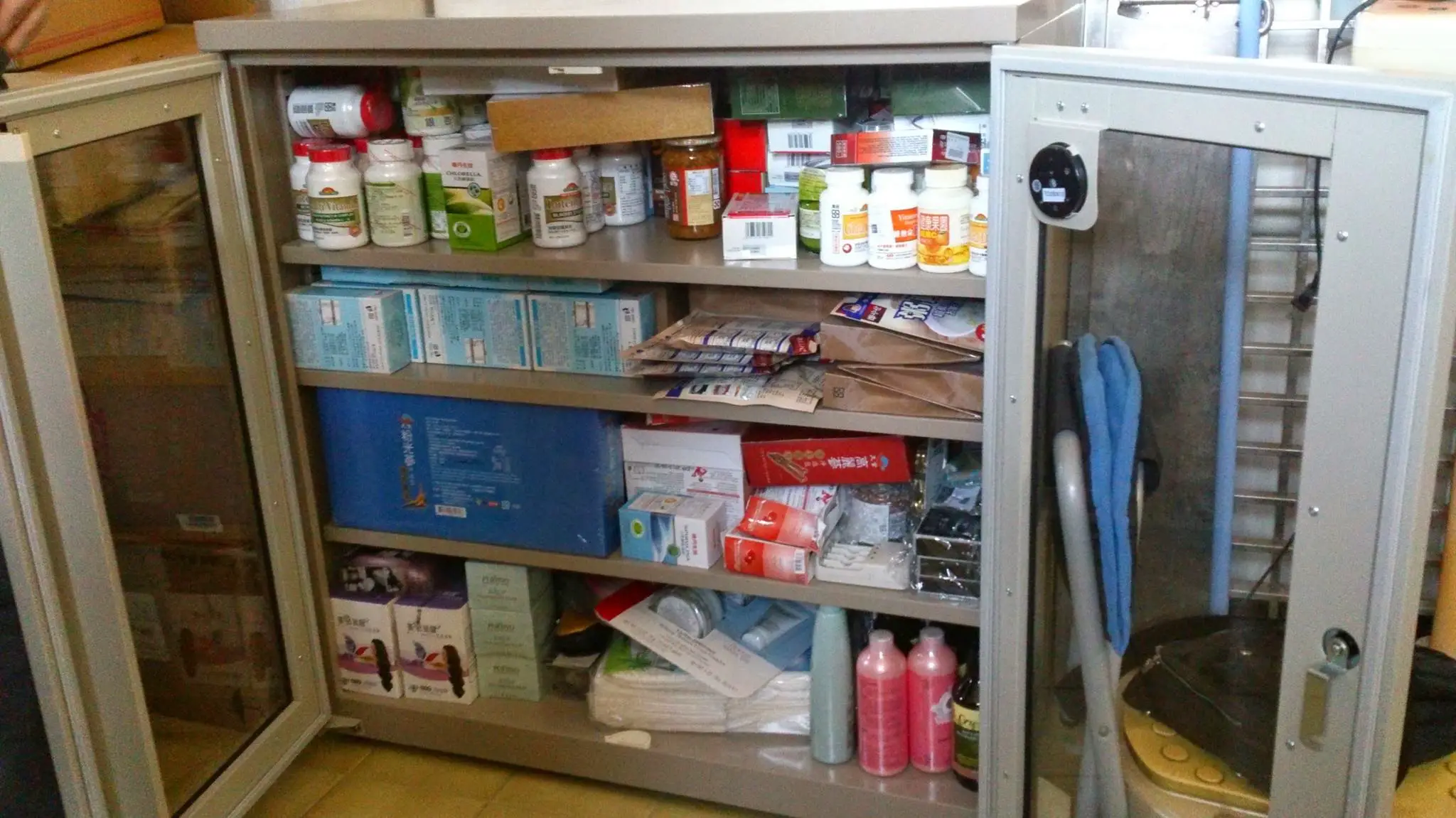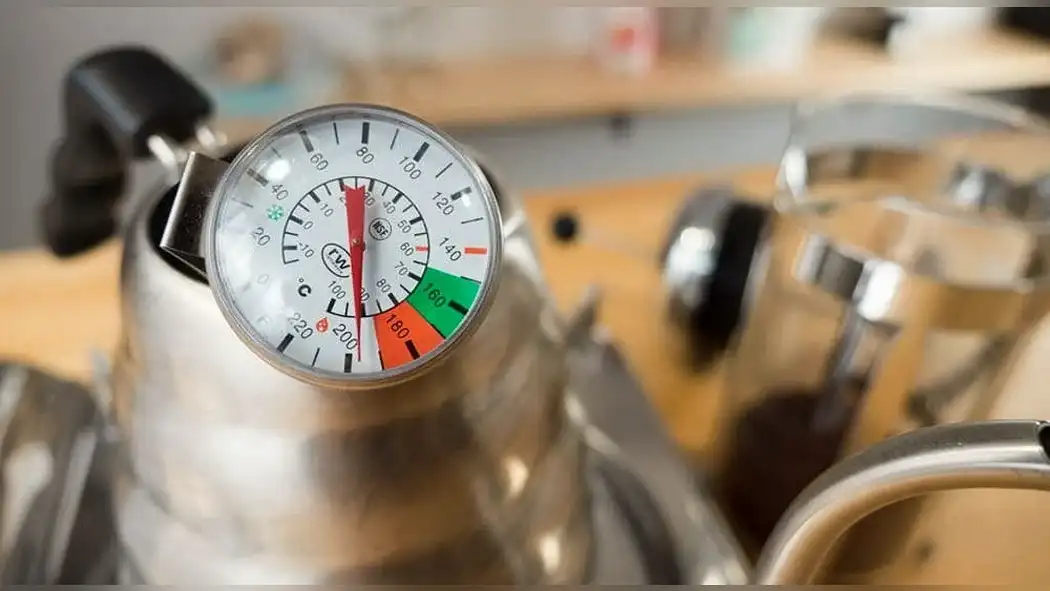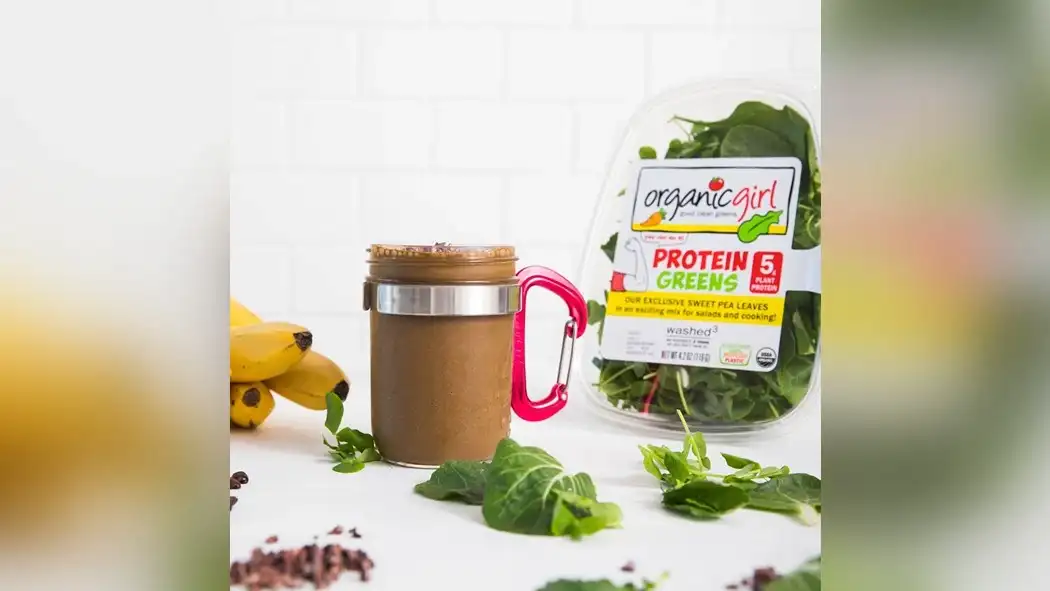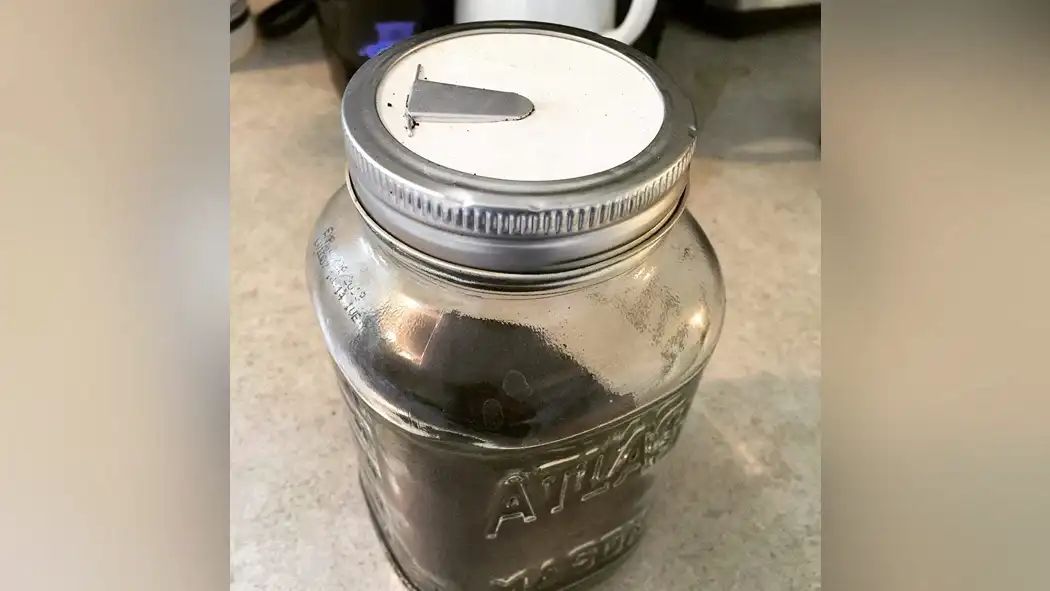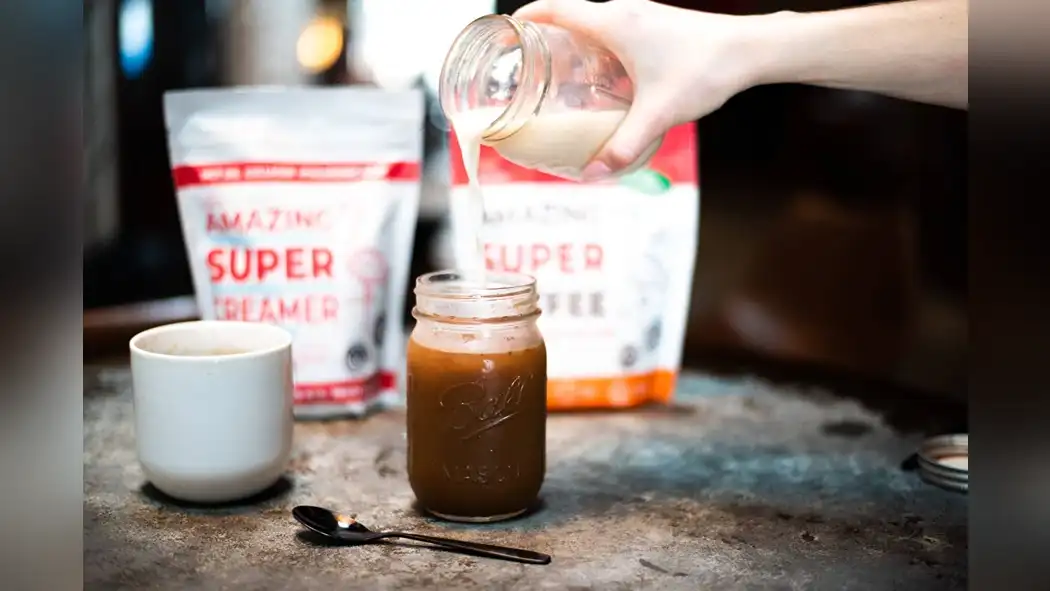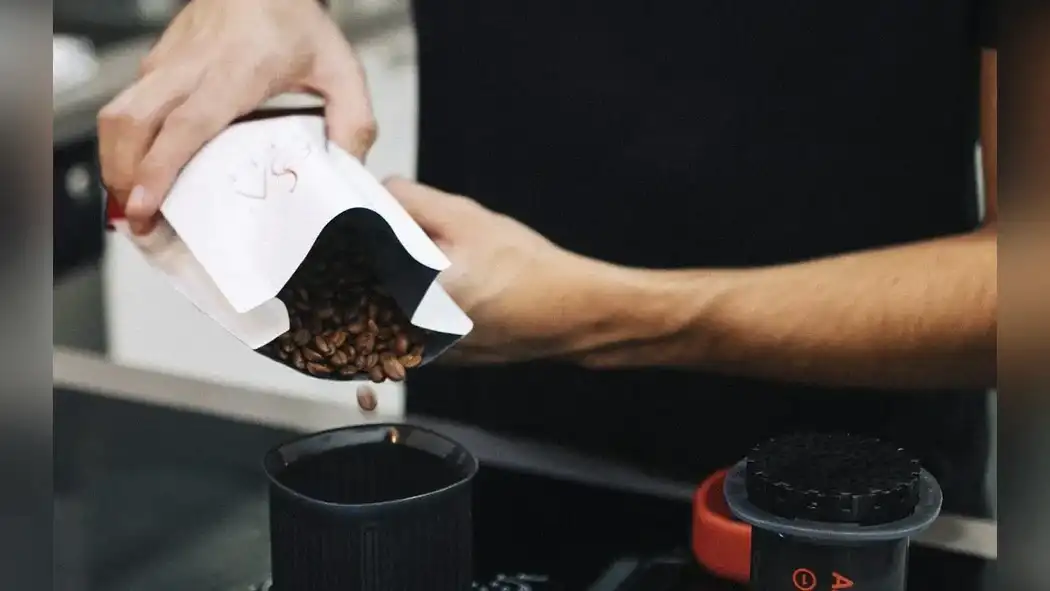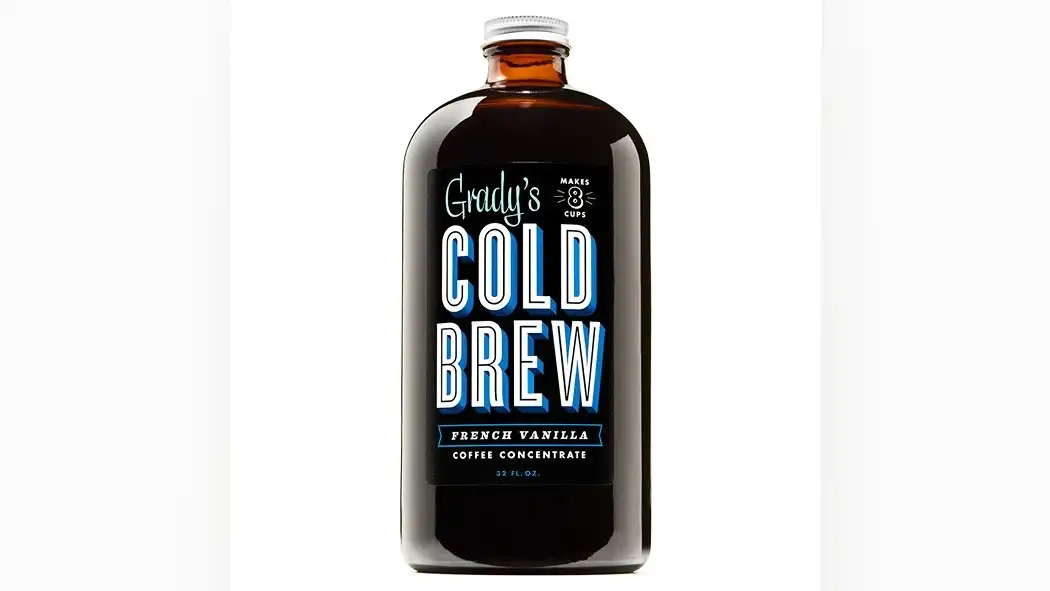Want to keep your coffee beans fresh and flavorful for longer?
Don’t make these common mistakes when freezing them. Whether it’s choosing the wrong packaging or storing them in the wrong temperature, these errors can ruin your coffee experience.
Discover the dos and don’ts of freezing coffee beans to ensure they retain their taste and aroma.
By avoiding these pitfalls, you’ll savor every sip of your perfectly preserved cup of coffee.
Choosing the Wrong Packaging
Don’t make the mistake of opting for the wrong packaging when freezing your coffee beans.
It’s crucial to choose the right method to preserve their freshness and flavor.
One option is to use vacuum sealing, which removes air from the packaging, preventing oxidation and moisture from damaging the beans. Vacuum sealing creates a tight seal that keeps the coffee beans fresh for a longer period.
Another effective choice is using airtight containers. These containers prevent air from entering and keep the beans protected from moisture and other contaminants. Airtight containers also help to maintain the aroma and flavor of the coffee beans.
Freezing Coffee Beans Without Proper Preparation
To ensure optimal results, prepare your coffee beans properly before freezing them. Here are some important steps to follow:
- Cool the beans: Allow your freshly roasted coffee beans to cool completely before freezing them. This will prevent condensation from forming and affecting the quality of the beans.
- Divide into small portions: Divide your coffee beans into smaller portions that you typically use for brewing. This will make it easier to thaw only the amount you need without repeatedly freezing and thawing the entire batch.
Properly preparing your coffee beans before freezing them is crucial because it can significantly impact the defrosting process and the overall flavor of your coffee. By following these simple steps, you can preserve the freshness and quality of your coffee beans, ensuring a delightful cup of joe every time.
Storing Coffee Beans in the Wrong Temperature
If you storing coffee beans is crucial in preserving their quality. Exposure to extreme temperatures, whether it’s too hot or too cold, can have detrimental effects on the beans.
High temperatures can accelerate the oxidation process, causing the beans to lose their aroma and taste. On the other hand, extremely low temperatures can lead to moisture condensation, resulting in a loss of flavor and potential mold growth. To help you understand the effects of temperature on coffee beans, take a look at the table below:
| Temperature | Effects on Coffee Beans |
|---|---|
| High | Accelerated oxidation, loss of aroma and taste |
| Low | Moisture condensation, loss of flavor, potential mold growth |
Using the Freezer for Long-Term Storage
When it comes to freezing your coffee beans:
- Vacuum sealing: Before placing your beans in the freezer, ensure they’re properly sealed in an airtight container or bag. Vacuum sealing is highly recommended as it removes excess air and prevents moisture from entering, which can lead to freezer burn and flavor degradation.
- Coffee bean degradation: Keep in mind that freezing your coffee beans won’t completely halt the degradation process. While freezing can slow down the process, it’s still important to use your beans within a reasonable time frame to ensure optimal taste.
Thawing and Refreezing Coffee Beans
To properly thaw and refreeze your coffee beans, follow these steps.
First, remove the desired amount of frozen coffee beans from the freezer and place them in an airtight container or bag. This will help prevent any moisture or freezer odors from affecting the flavor of the beans.
Next, choose one of the following thawing methods:
- Room Temperature: Simply leave the container at room temperature until the beans are fully thawed. This method is the easiest but may take several hours.
- Refrigerator: Place the container in the refrigerator overnight to thaw slowly. This method helps preserve the flavor of the beans.
- Cold Water Bath: If you’re short on time, place the sealed container in a cold water bath. Change the water every 30 minutes until the beans are thawed.
Remember, once coffee beans are thawed, it’s best not to refreeze them to maintain their optimal flavor.
Enjoy your freshly thawed coffee beans in your next brew!
Ignoring the Importance of Proper Labeling
Are you aware of the importance of proper labeling when it comes to your coffee beans?
Clear labeling plays a crucial role in ensuring the freshness and quality of your coffee. By properly labeling your coffee beans, you can easily identify the roast date, origin, and any specific instructions for brewing, allowing you to fully enjoy the flavors and aromas of your coffee.
Labeling for Freshness
If you want to avoid the common mistake of ignoring the importance of proper labeling for freshness, make sure to use clear and accurate labels on your coffee bean containers. Proper labeling is crucial for maintaining the quality and flavor of your coffee beans.
Here are some reasons why labeling is important:
- Identifying Roast Date: Clear labels allow you to easily identify the roast date of your coffee beans. This is important because fresher beans have a more vibrant flavor.
- Extending Shelf Life: By properly labeling your coffee beans, you can track the shelf life and ensure that you consume them before they start to lose their freshness.
Importance of Clear Labeling?
Proper labeling plays a vital role in maintaining the quality and flavor of your coffee beans, ensuring you can easily identify the roast date and track shelf life. Clear labeling benefits you in several ways.
Firstly, it allows you to know exactly when your coffee was roasted, which is crucial for preserving its freshness and flavor.
Secondly, it helps you keep track of the shelf life of your coffee beans, preventing you from using them after they have passed their prime.
Lastly, clear labeling enables you to select coffee beans based on their flavor profile, such as whether they are fruity, nutty, or bold. This way, you can choose the perfect coffee beans that match your taste preferences.
| Clear Labeling Benefits | Labeling for Flavor Profile | Importance of Proper Labeling |
|---|---|---|
| Easy identification of roast date | Helps in selecting coffee beans based on flavor profile | Maintains quality and flavor |
| Tracks shelf life | Ensures coffee beans are used at their prime | Preserves freshness |
| Prevents using expired beans | Enables personalized taste preferences | Guarantees optimal brewing experience |
Conclusion
So, remember, when it comes to freezing your coffee beans, avoid these common mistakes.
- Choosing the wrong packaging
- Freezing without proper preparation
- Storing at the wrong temperature
- Using the freezer for long-term storage
- Thawing and refreezing
- Ignoring proper labeling
All of these can impact the quality and taste of your coffee. Don’t let these mistakes freeze your enjoyment. Take the time to treat your beans right, and savor every sip of your perfectly brewed cup.

